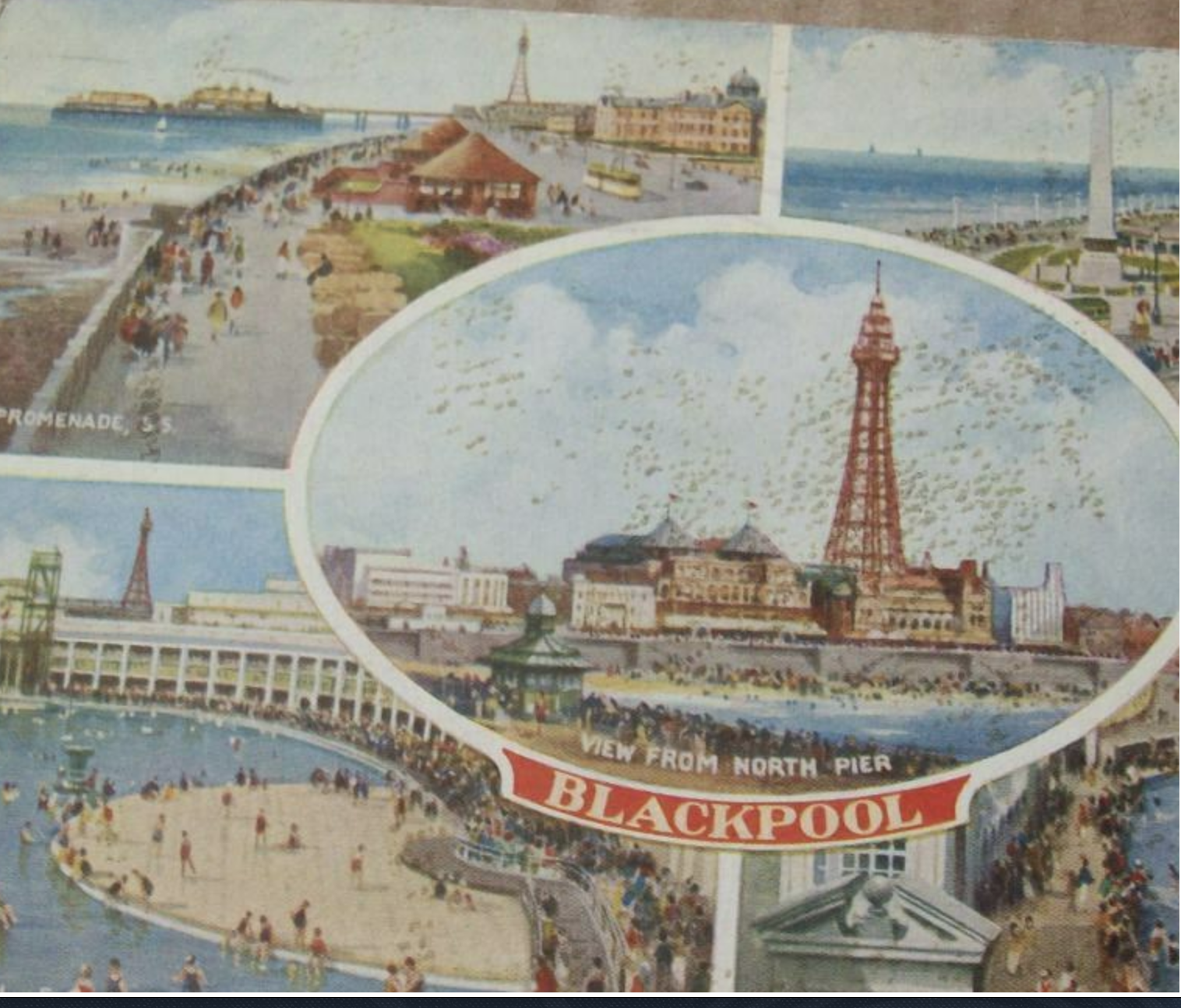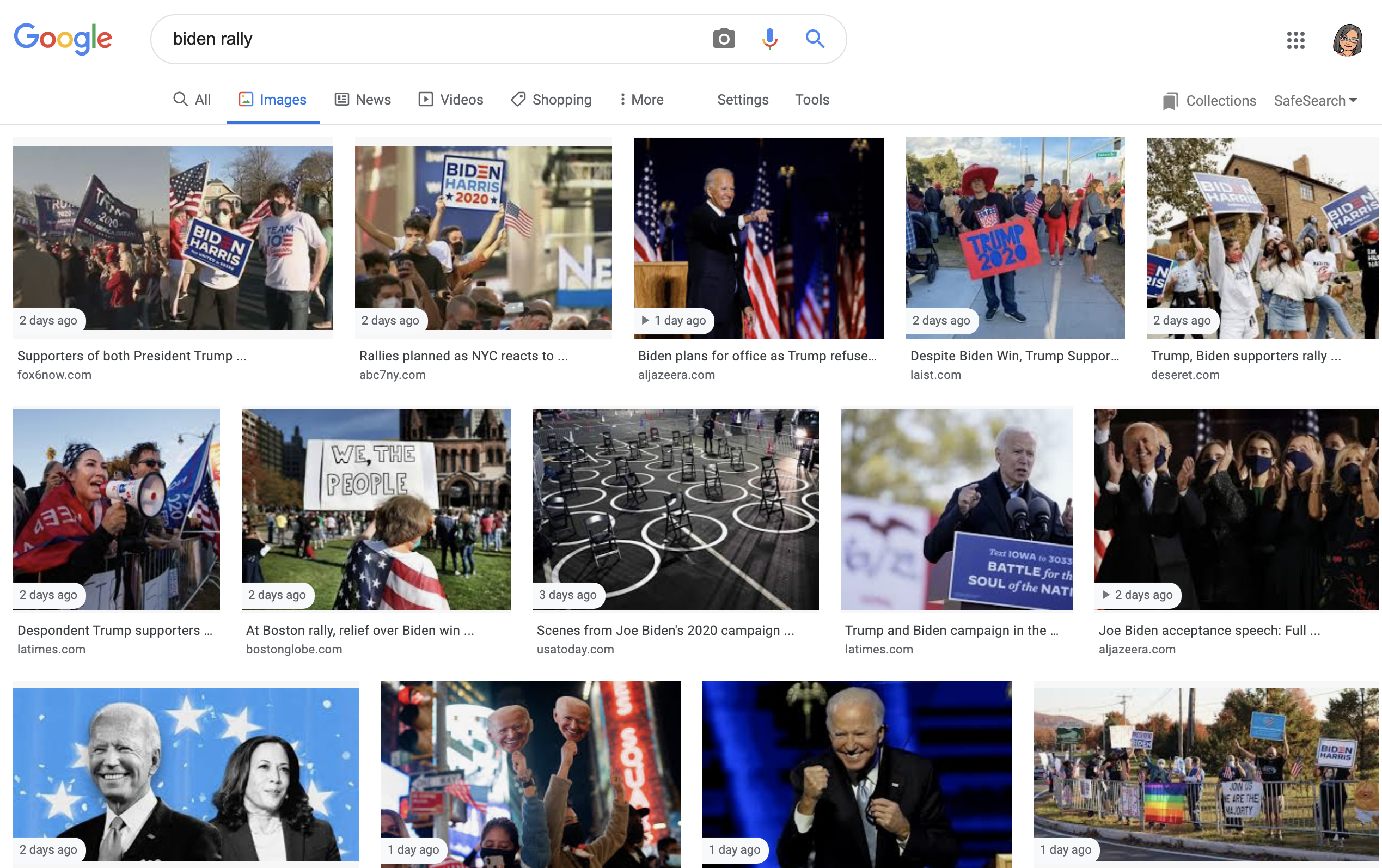Ingrid Pollard – British, Guyan born. – Pastoral Interludes http://www.ingridpollard.com/pastoral-interlude.html, introduced via course notes, I was also interested in the works Oceans Apart, and Seaside Series, the latter exploring ideas of invasion and repulsion.
Bindi Vora, is a British photographer living and working in London. I was particularly interested in her experiences photographing White in the Sea, in which she spends whole days photographing the way the light changes on the sea around the coasts of Britain using 35mm film. https://www.bindivora.co.uk/works/white-in-the-sea-vol-i-x-2013-2017/.
Mohini Chandra there is a series of images called Imaginary Edens/Photos of my Father http://www.mohinichandra.com/new-gallery-1/ppidkxrfpla1tl3myspao6tbmgvahy in which Chandra uses photographs of her father from her family albums, takes him out and replaces him with images from the backdrops from the family photography studios in Fiji. I am not quite sure why she took her father out, although she says his corporeal absence alludes to a diasporic experience of in-between-ness. Although I didn’t experience a migratory childhood like Chandra did, I can see the worth in going back through family archives to draw upon.
Zarina Bhimji is a Ugandan Asian photographer, based in London. Her work of landscapes and buildings feature layered histories which are key to her large scale photography and film. Although her favoured locations appear to be India and East Africa. Her personal website I found hard to navigate, and I found it easier to look at the past exhibition at Whitechapel Gallery in 2012 https://www.whitechapelgallery.org/exhibitions/zarina-bhimji/. to get a sense of the colours and the layering which is key to her work.
Joy Gregory Black British particularly interested in the Sites of Africa project, where Gregory photographed landscape images of sites in London and its connection to the continent of Africa. Gregory found it important to document the history as many of the sites are now known for something else. For instance, I didn’t know there was a Black Mayor in 1913. https://www.joygregory.co.uk/project/sites-of-africa/
Dafna Talmor – her constructed landscapes http://www.dafnatalmor.co.uk/constructed-landscapes-by-dafna-talmor.html, and also obstructed views http://www.dafnatalmor.co.uk/obstructed-views.html, both were of interest to me. Constructed landscapes are also a feature of the work of Aster Reem David, his reimagined landscapes is an ongoing work https://www.asterdavid.com/works/reimaginedlandscapes
George Steinmetz and American photographer he primarily uses drones, and paragliders to take overhead images https://www.georgesteinmetz.com/ I became aware of him via a bit of a controversy on Twitter, and then when this essay came up he seemed an ideal case in point.
Buku Sarkar is a photographer I came across through her writing initially, she had written about a piece of work called Photowali Didi https://www.bukusarkar.com/ where she is living back in India and exploring an area she perhaps wouldn’t have explored as a young girl. Fast forward to today and she is documenting her illness and her containment at home in Containment Diaries, the series I am really intrigued by is Dawn. The moody, atmospheric images are taken on a train journey, there are more images available to see on the LensCulture site https://www.lensculture.com/buku-sarkar
Wayne Quilliam is an Aboriginal photographer who has some beautiful landscape images, I find the colour and also the edit appeal to me, and while I don’t necessarily like an over-edited image personally, they do stand out. He also photographs people. His images of other indigenous peoples sparked the question how did making these images make him feel, and could a photographer of that people got some thing extra that he didn’t. I did reach out but didn’t get a response. I wonder if I phrased the question clumsily. However, his images of Aboriginal people are beautiful and are something to aspire to. https://aboriginal.photography/home
Ricky Maynard Portraits of a Distant Land http://www.stillsgallery.com.au/artists/maynard/index.php?obj_id=series&nav=3 Another indigenous Aboriginal photographer, working in Tasmania, where there is a much darker history. His landscape images address issues of identity, site and nation. Features songlines, cornerstones etc.
Aida Muleneh – Ethiopian photographer. I have seen Aida’s art work in real life, it was stunning. Here I was trying to find Ethiopian photographers who could have done the work of George Steinmetz for National Geographic. Her photojournalist examples https://www.aidamuluneh.com/photojournalismportfolio while not showcasing the environment like Steinmetz did, I am certain that she could have fulfilled the brief. I also looked at the Italian Photographer Fausto Podavini http://www.faustopodavini.eu/ who spent 5 years on and off photographing the construction of a large dam in Ethiopia to see what the effect was on tribal communities https://www.nationalgeographic.com/photography/proof/2017/08/omo-dam-ethiopia-kenya-photographs/. There are a lot of projects on his site that feature stories from other countries and ethnicities.
Maheder Haileselassie – Ethiopian photographer again. https://www.maheder.photography/reportage another photographer I looked at in terms of replacing Steinmetz. I get the impression that she does a fair amount of work in growing Ethiopian photography (as does Muleneh, who founded the Addis Ababa Foto Fest) as well as with non profit organisations. Her travel images within Ethiopia https://www.maheder.photography/travel are beautiful and have a very different feel to those of Steinmetz.
Prasanjeet Yadav primarily a scientific photographer, but his work in Indian landscapes shows how big the landscape there actually is! It fills the frame https://www.prasenjeetyadav.com/new-page-4 something to aim for! I don’t think I have ever been anywhere that is so vast.
Tanya Houghton I had a good look through all the work on her website, and although I was particularly looking at Songlines, I also looked at Unknown River, Griffith Park and The Great Glens. Her website says she is drawn to the remote and wild spaces and that she is drawn to the people who live in, experience and protect the lands https://www.prasenjeetyadav.com/new-page-4. I don’t get a sense of this when looking at the work. I wonder if it is me.





